
|
The world of non-commercial film and A-V |
Events Diary | Search | ||
| The Film and Video Institute | | ||||
The making of An Einer Rolltreppe (At An Escalator) |
|||
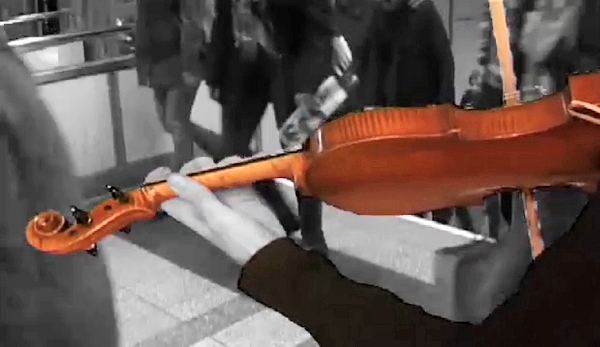
|
|||
|
Shooting took place at a subway station in Hamburg, and also with shots of musicians and individuals in the basement in front of a green wall. Many scenes are created with green screen to make a colour contrast with the gray everyday world and the few people who do not just heedlessly pass by. The post-production work had to look realistic. Therefore, in the relevant scenes, the edges were smoothed. It was also necessary to remove the partial green spill frame-by-frame - a tedious business. At the L'enfant Plaza station in Washington DC, top musician Joshua Bell, dressed in poor clothes for camouflage actually played pieces by Bach and Schubert. Since these are too complex for a short film, it was replaced with some of Paganini’s 24 Caprices. These pieces from the romantic musical period, although originally designed as practice pieces for virtuosos, have the advantage of being short enough and still create the right atmosphere. They are combined in the film with a passage of music from the movie Koyaanisqatsi by composer Philip Glass, which emphasizes the contrast between calm and turmoil.
When the violin is in colour (same scene on two levels, one color, one b/w, violin with cut-outs), the music glows with an intrinsic value, and thus the question arises: what is the role of art in society? The film offers no answers, only raises questions; and accordingly the film ends in the simplified spirit of a minimal text, with some questions about our lifestyle. But unanswered questions remain, such as whether the people racing past, who vaguely muttered "beautiful" in the film, could actually enjoy music, literature and painting? Are they just under the pressures of everyday life and fighting only for their survival? Or is money the ultimate goal, which is eagerly chased? In the end, are we being shown the reception we might expect, summed up in the saying that what costs nothing, may be good for nothing? Are we perhaps just stressed in a fast paced world and should slow down our lives?
The template for this film was a short story from the "Other Times Publishers" *, found in an annual calendar. During shooting in the subway station, many people noticed the camera but did not seem concerned. Few were unwilling to take part. Others asked about it and took an interest in an explanation of the content of the film.
- Dieter Prill
* An ecumenical religious publishing house in Hamburg,
dedicated to making religious events more widely understood. |
Share your passions.

Share your stories.
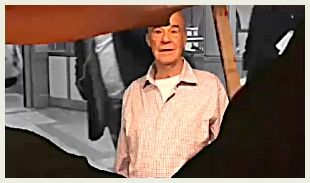 The film At an Escalator
refers to an event in 2007 and is therefore a documentary.
However, the action is as far as possible presented visually -
and it deliberately avoids extensive commentary: The film is
confined to seven movements.
The film At an Escalator
refers to an event in 2007 and is therefore a documentary.
However, the action is as far as possible presented visually -
and it deliberately avoids extensive commentary: The film is
confined to seven movements.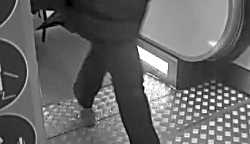
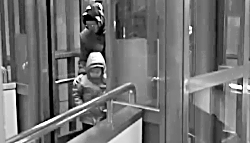
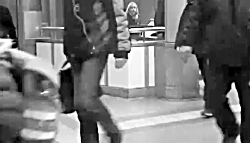
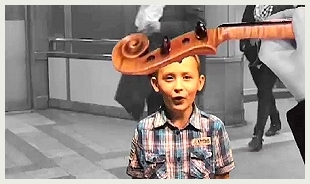 If you make an ultimately self-critical
experiment to seek an inappropriate clientele of wealthy
newspaper people and top earners, we might ask whether art is
perhaps also socially committed and excludes some people.
If you make an ultimately self-critical
experiment to seek an inappropriate clientele of wealthy
newspaper people and top earners, we might ask whether art is
perhaps also socially committed and excludes some people.